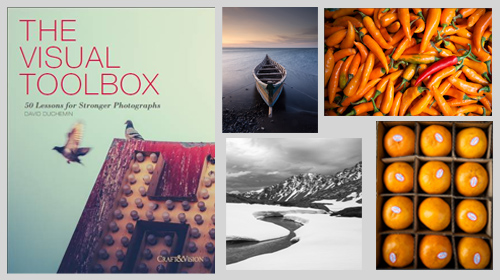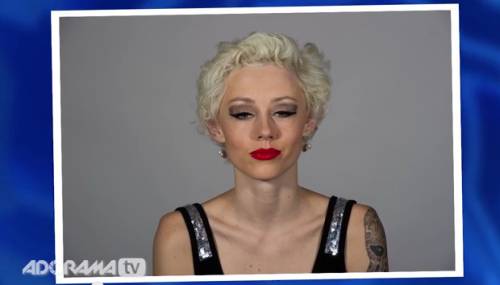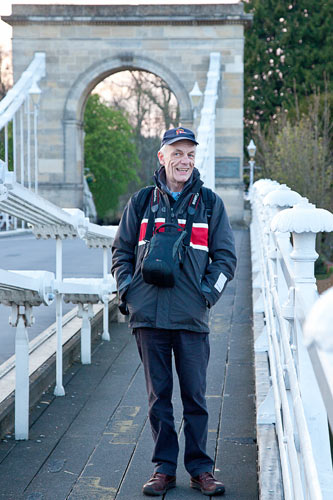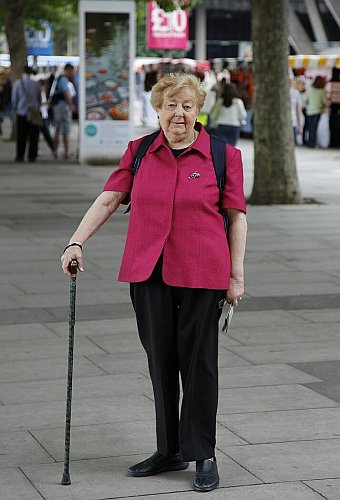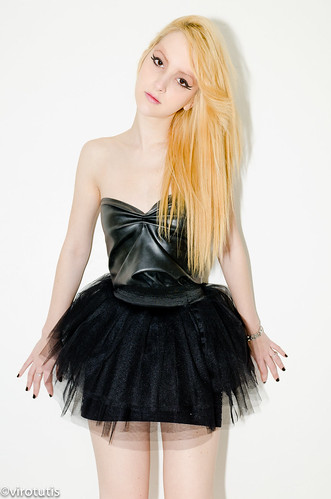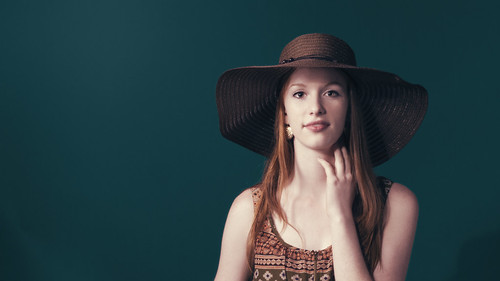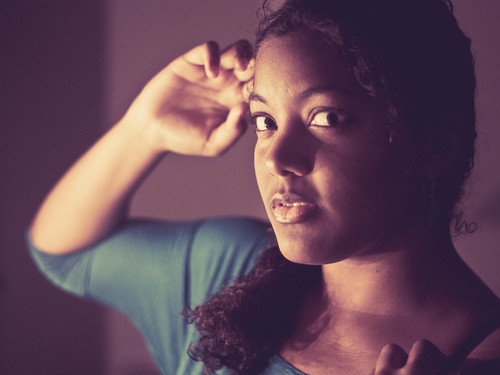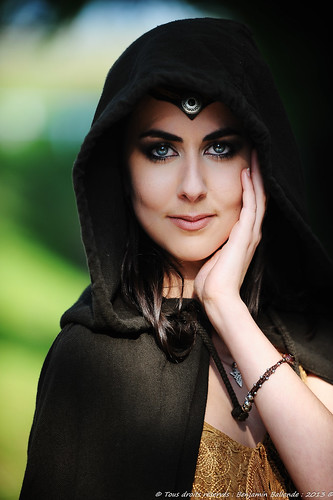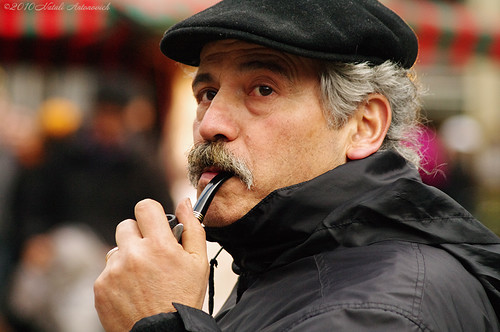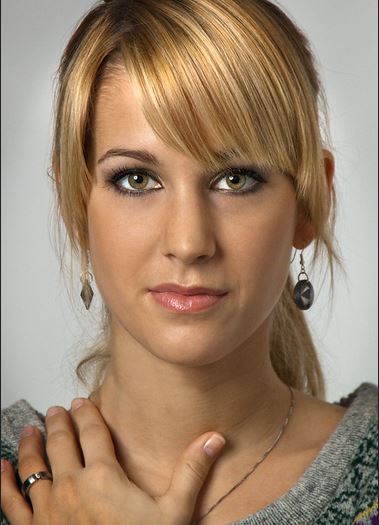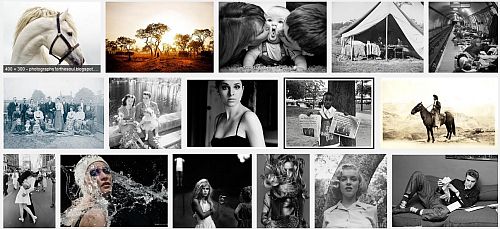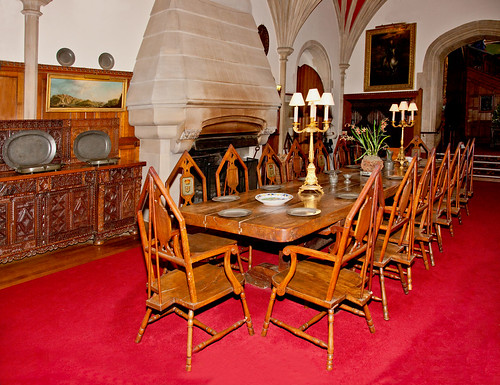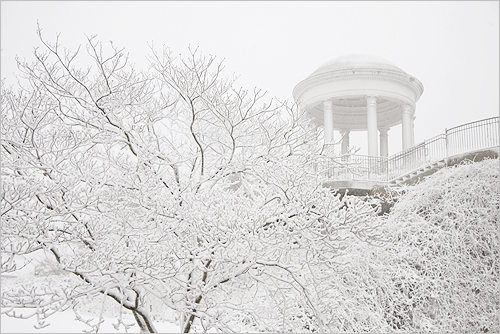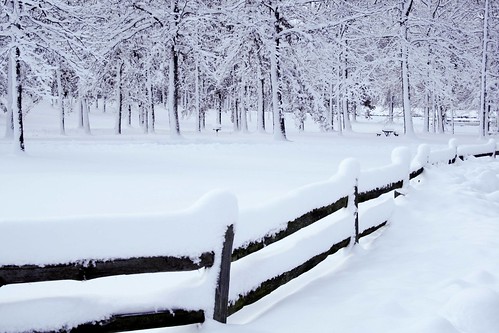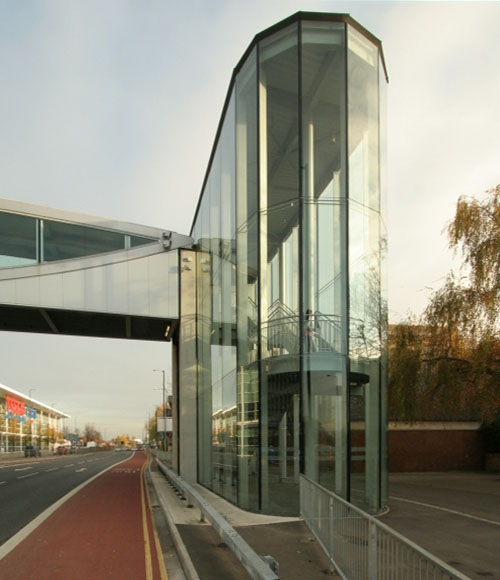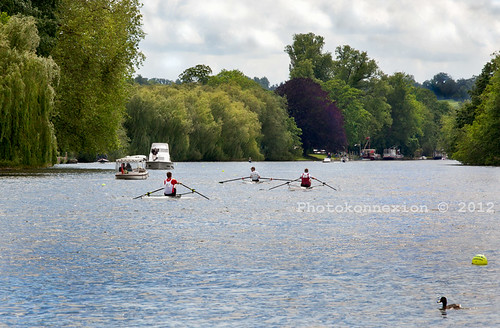Photographing interiors is easier with simple rules.
We have all taken interior shots at some time. Indoor subjects are wide ranging. What about when you want to take a picture of the room itself? Here are some simple rules to help you get it right.
Why would you want to take a picture of the room?
Actually there may be many reasons. In the picture above the shot was taken because of the historical interest. It is a record shot. Of course there are lots of other types of shots you might want to take in an interior. Here are some examples…
- Historical interest
- Insurance record
- Design interest
- Before and after shot
- House or room for rent
- Hotel room for holiday snap
- Hotel room for advertising
- Colour and décor sampler for decorating plans
- Sales and marketing photo for building sale purposes
- Comparison with other places
- Artistic impressions or interpretation
You get the point. Rooms can have a lot of reasons to be the subject of a photograph.
Some simple guidance…
1. Give yourself a clear purpose for the shot(s): Without such a purpose how will you know the best approach, what to include and exclude and how much of the room to take in. So know why you are doing it and what you hope to gain from the photograph. It helps to write it down.
2. Minimise distractions: As with any type of photography your primary purpose can be affected by distractions in the shot. Think carefully about the purpose of the shot. Remove anything that is discordant or will not add value to that purpose or will distract the eye. Take out objects that are too bright, nothing to do with the shot; something that may confuse the purpose of the shot.
3. Work on the brightness: Remember, the normal lights in a room will probably have a colour cast which will have an impact on the overall colour. If possible use daylight adjusted lights or off camera flash units. Use the flashes to light up specific areas of the room. Highlights like that add to the atmosphere in a room. Be consistent with the natural lighting and any artificial lights that may be in evidence as permanent fittings so the lighting does not look out of place. If you only have the on-camera flash make sure you have it set to a sufficient power to light the whole room. Arrange the furniture so that the light coming from the camera does not leave harsh shadows on the floor in front of you. Flash is inclined to leave such shadows which make the room look very angular and uncomfortable. Rooms that have soft, bright and well lit aspects are more welcoming and give an air of comfort.
4. Windows and doors: These are important parts of a room. Depending on your purpose you may need to show them. If they are looking out onto a bright exterior, or directly to the outside you may have a problem. The outside is quite likely to be much brighter than inside. More than two stops of brightness will almost certainly burn out. This creates a very bright white area of the shot. That’s very distracting. It will take the viewers eye straight away from the subject. One way to counter-act that is to raise the internal light levels so the contrast from inside to out is not so large. That will probably require some additional flash units or other lighting around the room. Alternatively, you could lower the incoming light by closing curtains or the door. However, you light the room remember to use the appropriate white balance settings on your camera. Colour casts can spoil the shot. It is also better to shoot in RAW so you can adjust the colour balance in post processing.
5. Straight lines and verticals: Rooms and interior spaces often look odd in pictures because the straight lines are not straight and the verticals are converging. You must prevent this if your purpose for the shot is to make the room look normal. Use a lens that minimises distortion and set your camera on a level for the shot so it minimises convergence in the upright lines. If you are unable to prevent the lines from bending or converging then make sure you can straighten them in an editing application in post processing. Of course if you are making this photograph for artistic reasons, anything goes.
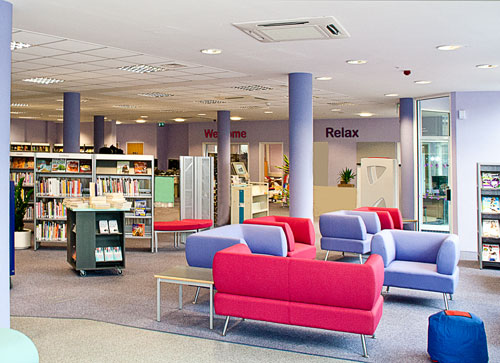
Use furniture to give the impression of depth.
Place pieces so they look like there is a succession into the depth of the room.
6. Impart depth to the room: Taking just any old shot you will find that the room often looks flat, or lacking in depth. The effect of zoom lenses and maybe an on-camera flash will exaggerate that effect. You can do three things to off-set that effect…
- Use lines in the room to give the impact of depth as they trend away from you (eg. the table in the top shot above).
- Create a foreground, mid-ground and far point of the room. Taking a shot with a piece of furniture directly in front of you, something mid-way into the room and something on the far wall will do the trick.
- Strategic placement of lights down the length of the room will draw the eye down the room too.
7. Adjust comfort levels to suite your purpose for the shot: Every room has what I call a comfort level. It the room is cold and uninviting the comfort level is low. If you intend your room to look like a medical clinic then find ways to give it a low comfort level. Harsh lights, angular furniture, sparse layout… anything that will make it look uncomfortable.
If you want to sell a new home to a home-loving family then you need to raise the comfort level in the room. Soft lights, soft furnishings, rounded corners, bright and inviting cushions… these things help people to feel comfortable. Your pictures should reflect the reason you are taking the picture.
8. Use appropriate lenses: Different lenses have different effects. If you use wide angle lenses they will distort the long dimensions. Use it in portrait view and the lens will appear to make the room look high. If you use a wide angle lens down the length of the room it will make it look long and thin. If you use a zoom lens it will have the effect of foreshortening the room. A 50mm lens will tend to show the room much as the eye would see it. Every room or interior space is going to be interpreted in different ways. The best guidance is to look for a lens that will best exaggerate sizes, or complement dimensions to suit your stated purpose for the shot.
9. People: The inclusion of people in a room can be either a good or bad thing. It all depends on how you want to portray the space and the purpose of the shot. In an entertainment space lots of people enjoying themselves will make the shot good. In a warm, homely room one or two people chilling out and enjoying the comforts will also sell the shot. On the other hand, a record shot should really be about the room, factual and un-distracted.
If it is solely the room you intend to show then it is probably better not to include people.If you do include people then make sure it complements the purpose for the shot.
Interiors are satisfying to photograph
There may be lots of reasons to take pictures of rooms, but that makes it important that you think about what you are trying to portray. If you have a clear purpose for the shot then you can match the layout, furnishings, lighting etc to meet the purpose you have set. Think about layout, depth and finishings. Think about people. There is a lot to consider. However, interior shots can be very satisfying indeed. Practice makes perfect, so work on the points above.
#11030#
By Damon Guy (author and Photokonnexion editor)

Damon Guy (Netkonnexion)
Damon is a writer-photog and editor of this site. He has run some major websites, a computing department and a digital image library. He started out as a trained teacher and now runs training for digital photographers.
See also:
Editors ‘Bio’.
You can per-order the book from Amazon.


